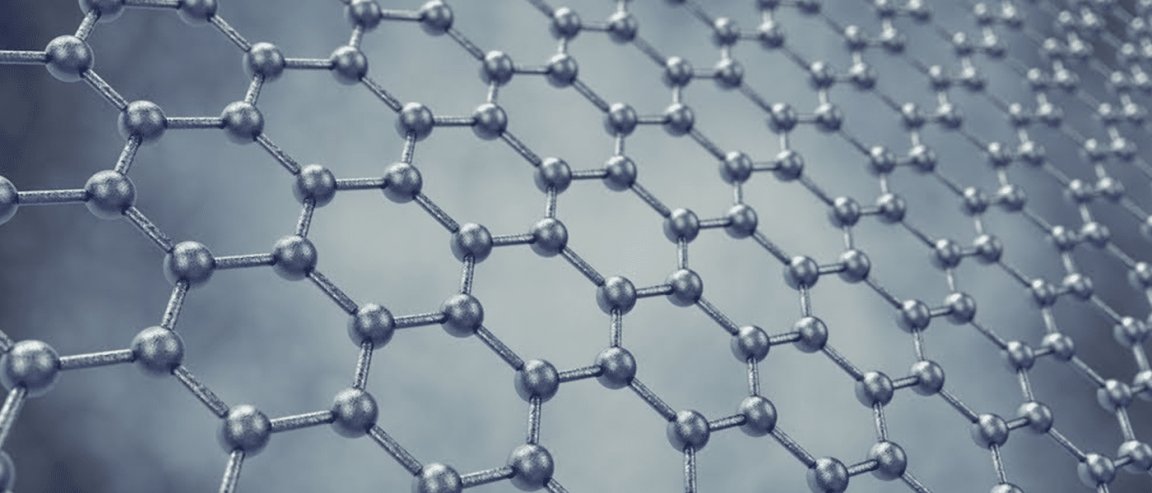
Effective Electrocatalyst
Graphene is quickly becoming a Swiss Army knife of materials when it comes to the ever expanding applications. It can radically change our world with its fascinating applications in medicine and electronics. Now, this wonder material just got more wonderful. Researchers from Rice University expanded graphene’s electricity-wielding capabilities: it can now convert carbon dioxide (CO2) into liquid fuels.
Specifically, the researchers discovered that nanometer nitrogen-doped graphene quantum dots (NGQDs) can be electrocatalysts that trigger CO2 electroreduction into high-energy liquid fuels — creating ethylene and ethanol. They describe the process in a study published in Nature Communications.
“Carbon is typically not a catalyst,” said lead researcher Pulickel Ajayan, and graphene is largely made up of carbon. So they had to add nitrogen atoms into the graphene dots, which trigger chemical reactions as a response to electric current and carbon dioxide — although exactly how it works is still a mystery. “So it’s been a puzzle, and though people have written a lot of papers in the last five to 10 years on doped and defective carbon being catalytic, the puzzle is not really solved,” said Ajavan.

A Fuel Tool Kit
NGQDs seem to be really good electrocatalysts, capable of performing as well as copper. It can reduce the level of released CO2 by 90%, with 45% converted into small amounts of ethylene and ethanol. It produces fuels and can lower CO2, and it can sustain this for a substantial amount of time.
Once explored and realized, electrocatalysts like NGQDs could be developed into a potential fuel source while at the same time reducing the amount of CO2 that enters the atmosphere. There’s still much to be done before commercialization of such a product and the Rice researchers know it.
“I think what we found is fundamentally interesting, because it provides an efficient pathway to screen new types of catalysts to convert carbon dioxide to higher-value products,” Ajayan said. NGQDs won’t find their way into real-world applications just yet, especially since prescribed industry practice uses thermal catalysis and not electrocatalysis to create fuel, as they scale better.
“For that reason, companies probably won’t use it any time soon for large-scale production,” said Ajayan. “But electrocatalysis can be easily done in the lab, and we showed it will be useful in the development of new catalysts.” Ajayan’s team will continue their research.